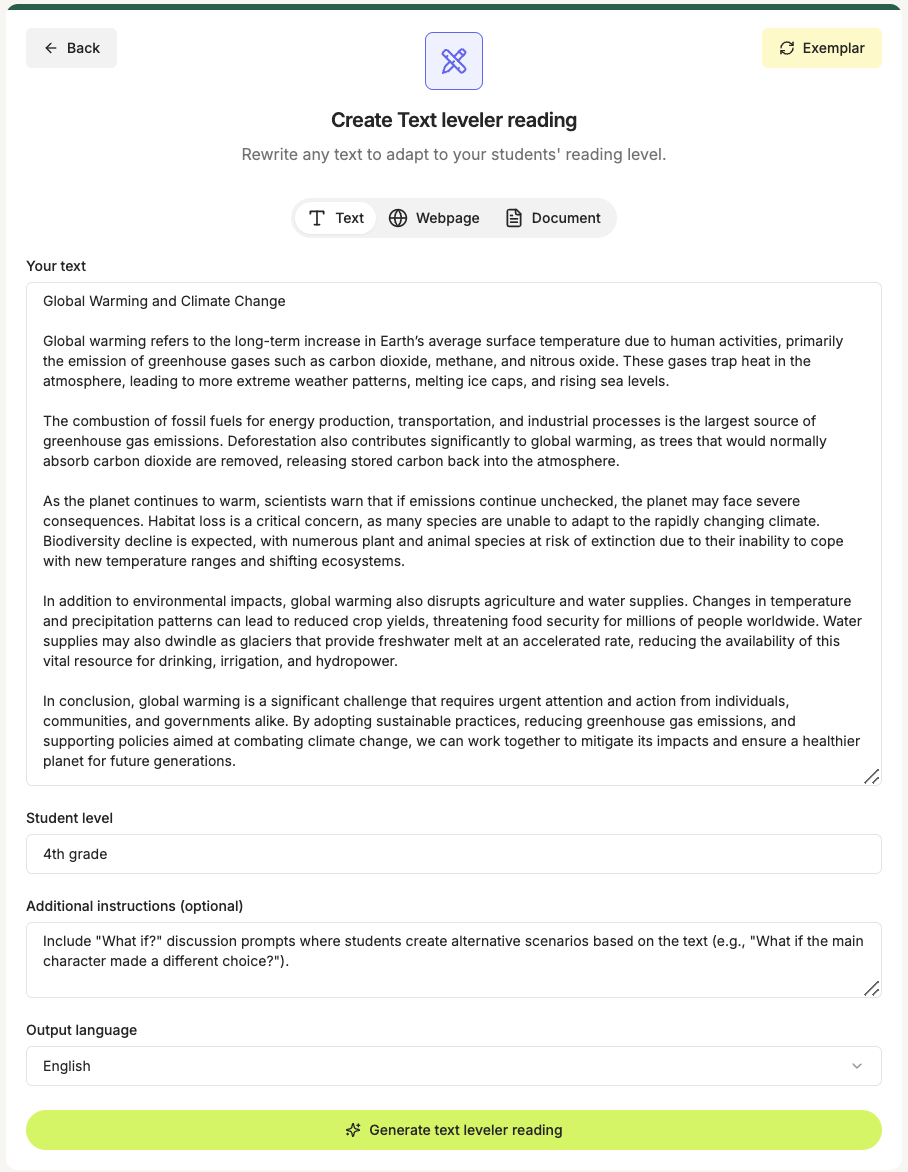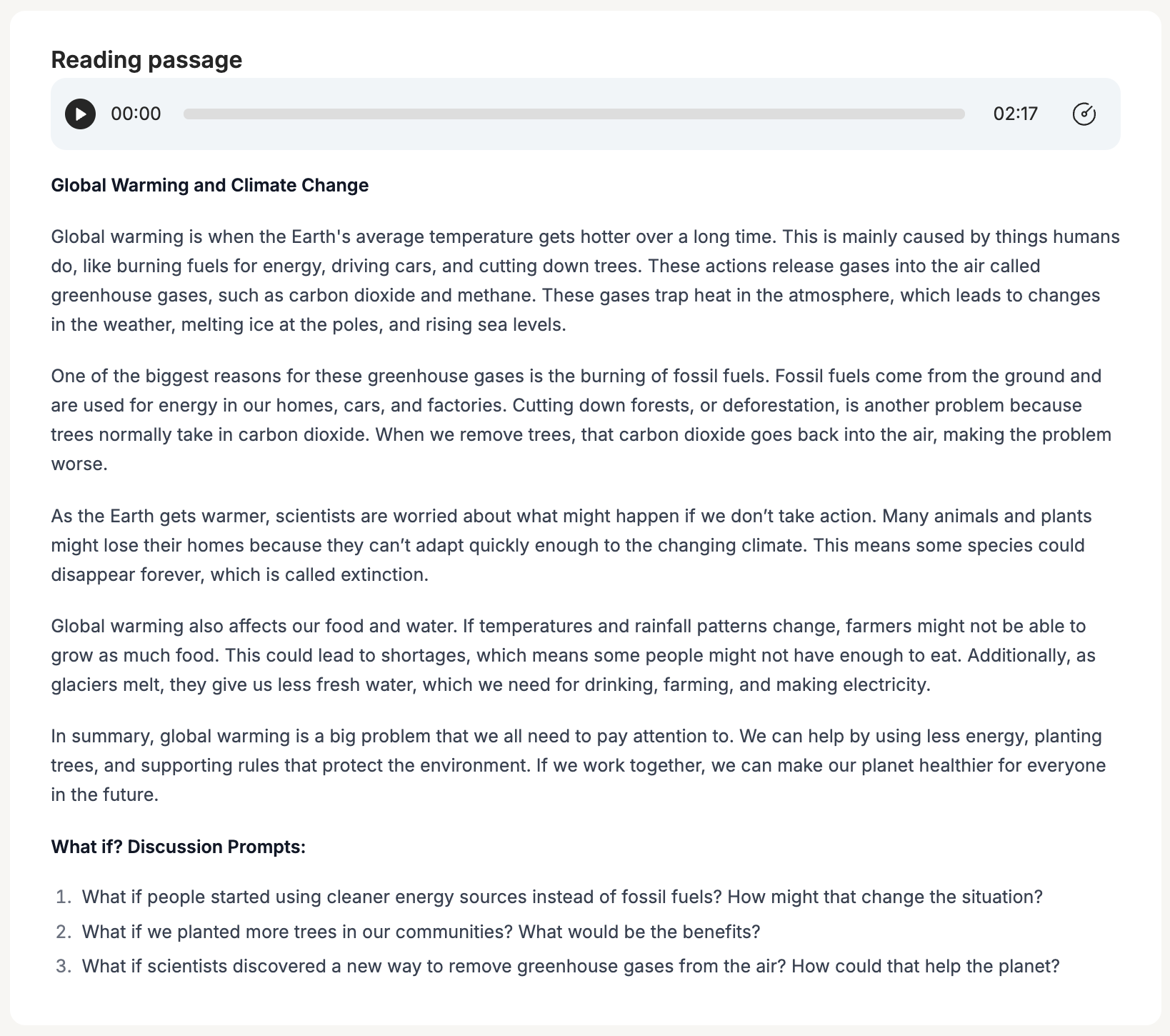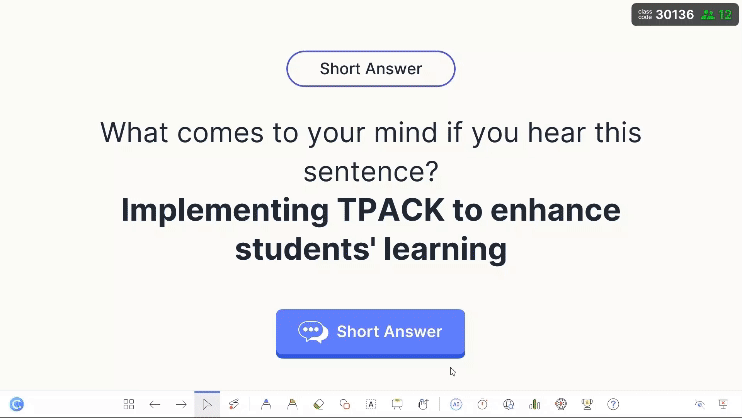Classroom discussions are a powerful form of assessment, helping students connect their learning with contexts beyond textbooks and learning materials while demonstrating their understanding in a way that makes everyone involved. Discussion-based assessments go beyond simple Q&A as it allows students to practice critical thinking while exercising comprehension through dialogue.
But to truly harness the power of discussion-based assessments, inclusivity is essential. When every voice is encouraged and valued, assessments become richer for all participants. Here’s how diverse perspectives elevate these discussions:
- Everyone brings unique experiences and ideas. When students share from their personal backgrounds, discussions are more vibrant, prompting others to consider viewpoints they may not have encountered before.
- Diversity broadens understanding. Listening to a range of perspectives helps students see topics from multiple angles, making them appreciate and digest complex issues.
- Inclusive discussions build confidence. When students feel that their ideas are valued, they’re more likely to participate actively, building the confidence to express themselves in future settings.
- Collaborative learning becomes dynamic. With different voices contributing, discussion-based assessments evolve into a collaborative exchange, making learning feel more interactive and less like a one-way street.
Powerful Discussion-Based Assessments Set To Transform Any Classroom Environment
1. “What If?” Scenarios
The “What If?” scenario is a creative, discussion-based assessment where students are encouraged to explore alternative possibilities in a story or concept. This method helps students engage with the material more deeply, encouraging them to think critically about characters’ motives, themes, and the overall impact of different decisions.
Here are some sample “What If?” prompts to use with students:
- What if the main character had the opposite personality? How would this change the story’s direction or resolution?
- What if the story took place in a different setting? Discuss how a new location could alter key events or themes.
- What if a supporting character became the protagonist? Explore how the focus and lessons of the story would shift.
- What if the character didn’t have access to [an important resource]? How might this impact the challenges they face and their development?
Reducing Prep Time with Edcafe AI
Planning these activities can be time-consuming, especially if you need to create customized reading passages and generate prompts. Edcafe AI makes this preparation significantly easier. For example, Edcafe’s Text Leveler allows you to adjust passages to suit your students’ reading levels, ensuring the material is accessible and engaging.
Here’s how it works: Say for example, you want to introduce a passage on global warming for a 4th-grade class. Using the Text Leveler, you can simplify the passage’s language to match their reading level, with the added option to generate “What If?” discussion prompts automatically! Simply input the following prompts:

Edcafe will then generate a leveled passage on global warming, complete with “What if?” discussion prompts to guide your students in imagining different outcomes.

Create a copy of this Edcafe-generated reading passage.
Plus, with its text-to-audio feature, Edcafe can read the passage aloud, so students can engage with the content without you needing to narrate it—saving you both time and effort. This can reduce hours of prep work to minutes, allowing you to focus more on engaging students during the discussion itself.
2. TQE Method (Thoughts, Questions, Epiphanies)
The TQE Method invites students to engage deeply with a text or prompt by reflecting on three categories: Thoughts, Questions, and Epiphanies. After reading, students jot down their:
- thoughts (initial reactions),
- questions (anything they’re curious or confused about),
- and epiphanies (sudden realizations or connections to other concepts).
The TQE framework particularly helps build discussion skills by prompting students to listen, respond, and expand on each other’s ideas. As students review and select the most compelling TQEs, they practice evaluating which ideas are most valuable for further exploration—helping build consensus and encouraging respectful dialogue.
Enhancing TQEs with ClassPoint’s Short Answer Feature
For a more interactive experience, ClassPoint’s Short Answer tool allows students to submit their TQEs digitally during the class. Each student can submit their thoughts, questions, and epiphanies directly on their devices, and the responses will appear live on the screen.
Here's a quick guide on how to run an interactive Short Answer activity in PowerPoint with ClassPoint.

Here’s how this works in a classroom setting:
- Anonymous Responses: ClassPoint’s Short Answer feature allows for anonymous submissions, encouraging all students to share their TQEs without the fear of being judged.
- Real-Time Selection: Once TQEs are displayed, the class can review and vote on the most interesting ones to guide the discussion.
- Highlighting Key Themes: As responses come in, you can “star” certain TQEs, so you can specifically show highlighted responses for the class to further review.
3. Fishbowl Discussions
The fishbowl method brings a unique structure to classroom discussions by dividing students into two groups: participants and observers.
A small group (participants) begins by discussing a topic in the “fishbowl” (the center of the room), while the rest of the class (observers) listens and observes from the outer circle. After a set time, the roles reverse, allowing observers to ask questions or provide feedback on the initial discussion.
Some relevant fishbowl discussion topic ideas:
a.) The Impact of Social Media
- Prompt: “How does social media affect our daily lives and relationships?”
- Follow-up for Observers: “What points made by the participants resonated with you? Did any arguments challenge your initial beliefs?”
b.) Climate Change and Personal Responsibility
- Prompt: “What role do individuals play in combating climate change?”
- Follow-up for Observers: “What solutions discussed seemed most realistic? How can individuals implement changes in their own lives?”
c.) Equality and Fairness in Schools
- Prompt: “Should all students have access to the same resources, regardless of their background?”
- Follow-up for Observers: “Which perspectives did you find most compelling? Can you think of examples from your own school experience?”
d.) The Role of Artificial Intelligence in Daily Life
- Prompt: “How is AI changing the world around us, and what ethical concerns should we consider?”
- Follow-up for Observers: “What ethical dilemmas discussed stood out to you? How do you feel about the potential risks vs. benefits?”
4. Four Corners Activity
The 4 Corners Activity is a powerful discussion-based assessment that combines physical movement with critical thinking. Label four areas of your classroom as:
- Agree,
- Disagree,
- Unsure, and
- Neutral.
Pose a thought-provoking statement, like “Technology improves the quality of education,” and invite students to walk to the corner that represents their opinion.
Once in their chosen 4 Corners, students discuss their reasoning with others in their group. This peer interaction deepens discussion-based assessment, allowing students to explain and defend their viewpoints.
Afterward, bring the class together, inviting each corner to share their group insights. This whole-class exchange transforms the activity into a meaningful discussion-based assessment, where students can reflect on a range of perspectives.
5. Jigsaw Session
A Jigsaw Session is a structured, interactive approach to discussion-based assessments that fosters accountability and collaboration. While it may sound foreign and overwhelming to some, we’ll break it down into two simple steps:
Step 1: Home Groups
- Divide students into “home” groups, assigning each group a unique segment of the topic to explore.
- Prepare: In these groups, students discuss and deepen their understanding, becoming “experts” on their assigned material.
Step 2: Expert Groups
- Regroup into new “expert” groups, each composed of one member from each home group.
- Teach and Connect: Students now teach their specialized knowledge to peers, bringing each segment together to form a cohesive understanding of the topic.

Before You Go
Powerful discussion-based assessments deepen understanding, build confidence, and foster a classroom where every voice matters. By using these strategies thoughtfully, you can create a space where diverse thoughts contribute to shared learning.
As we wrap up this blog, here are a few key Takeaways:
- Discussions are powerful equalizers—they give students who might struggle with written assessments a way to demonstrate their understanding and shine in other formats.
- Shifting from traditional assessments to discussion-based ones builds essential life skills that go beyond academics, like adaptability, confidence, and teamwork.
- Engagement is contagious—when students see their ideas valued in open discussions, their investment in learning deepens, often inspiring others to participate too.
- Inclusivity is about accessibility—using a variety of discussion-based assessment methods ensures all students can engage in ways that fit their unique strengths.
